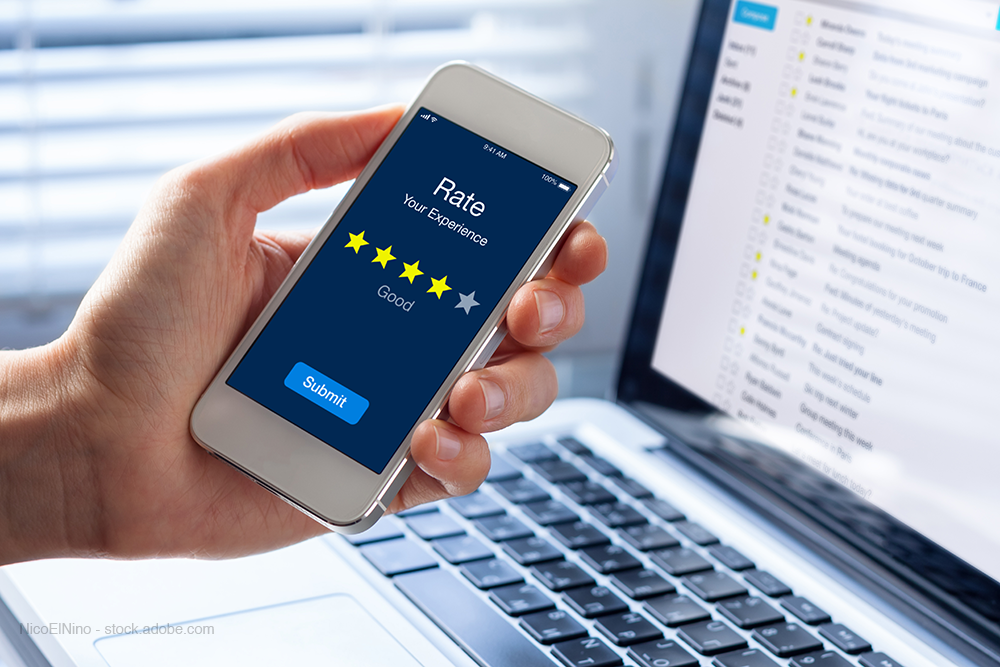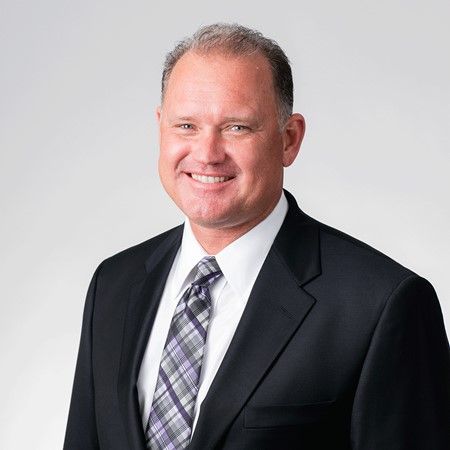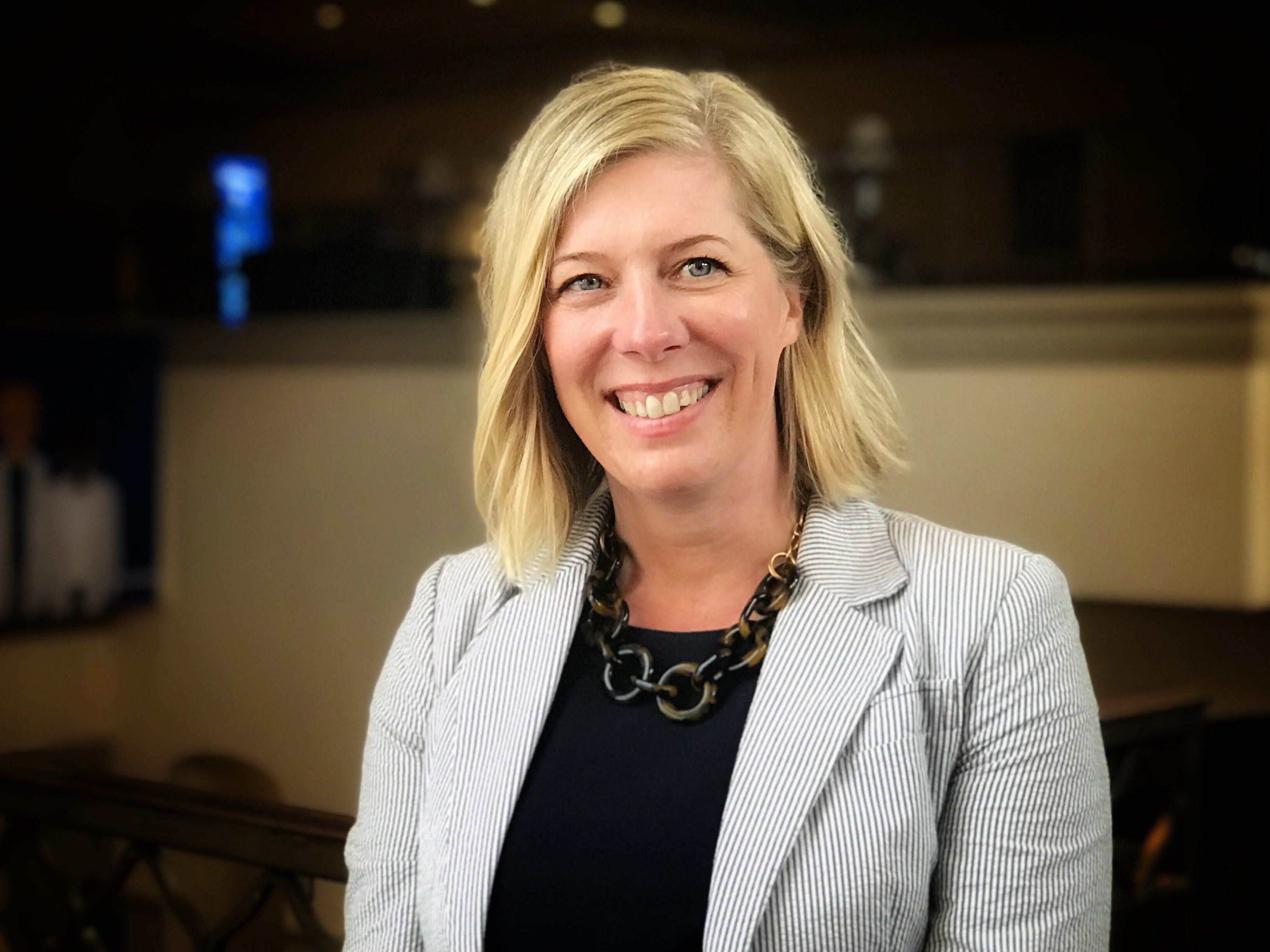Telling Pharmacists’ Stories in a Digital Age
Good Neighbor Pharmacy's transition from broadcast to digital marketing.

Brian Nightengale

Jennifer Zilka

Good Neighbor Pharmacy (GNP) made a dramatic shift from traditional broadcast advertising to digital marketing in January, 2019. The shift is part of a realignment of GNP’s solutions and services to meet changing customer needs.
“Independent pharmacies need four things,” said Brian Nightengale, GNP President and Senior Vice President of Community and Specialty Pharmacy at AmerisourceBergen. “They need stable, transparent reimbursement for their products and services. They need to be able to operate their business as efficiently as possible and maximize their performance on quality-based networks. They need to grow their core business of dispensing medicaitons, but they need to expand and diversify beyond that as well. Telling their story more effectively helps every one of those needs, including growing their current core book of business.”
The shift from broadcast to digital is a reflection of changing consumer habits. Twenty percent of the time that Americans spend on their mobile devices is spent on Facebook and Instagram alone, explained Jennifer Zilka, Group Vice President ofGood Neighbor Pharmacy’s Field Programs and Services. About 78% of purchases are based on social media content.
Trending: 10 Ways to Reduce Administrative Costs
“We need to help our Good Neighbor Pharmacy customers meet their patients where they are, which is on mobile and social media,” Zilka explained.
GNP’s “marketing value center” now offers a robust digital service focused on three key areas, starting with social media and reputation management. The social media and reputation management program allows pharmacists to manage their online presence from a single dashboard. Through the program, customers can source, customize and schedule professionally developed social media posts across multiple profiles. Building a digital presence is just the first step, she said. Independents must also maintain that presence and react to comments and feedback.
Good Neighbor Pharmacy members have an extraordinary satisfaction rate, Zilka continued, but about six percent of patients and customers write less-than-glowing reviews online.
“Pharmacies need to better understand the feedback and get back to customers on what they might do to mitigate some of the negative responses,” she said.
The second focus is paid advertising on Google. GNP customers, through vendor partners, can take advantage of paid advertising on Google using carefully selected keywords that are meaningful and specific to the strengths of independent community pharmacy.
Google advertising has garnered more than 100 million impressions since January 2019, Zilka reported, including 450,000 clicks for directions to their local pharmacy, and 1.7 million phone calls.
Six people are seeing a Good Neighbor Pharmacy ad on behalf of a specific customer every minute of the day, she continued. These are potential new customers looking for a pharmacy. In addition, these efforts have resulted in 41,000 new Rx refills.
The third area is local web pages. GNP’s entire web content library has been redesigned to encourage customers to personalize content to their customer base, product and service lines, and local community.
The three areas can all be used independently, Zilka said, but are more productive when used together. The web material is utilized on Facebook pages as well as on the pharmacy’s own website. Updating content attracts Google’s attention, which is focused and refined using the most appropriate keywords and advertising. The typical Good Neighbor Pharmacy using all three tools appears as the number one or number two pharmacy listing in local Google search results.
Read More: The Pros and Cons of Pharmacy Automation
Good Neighbor Pharmacy members receive white-glove support from a trusted advertising expert. Advertising managers review current digital assets, solidify the pharmacy’s online presence and help the pharmacy strategize timely campaigns to correspond with the promotions that will have the biggest impact on the business. They’re the linchpin in helping pharmacies bring all of this together.
GNP also introduced a new Market Analysis report this year. The report combines store-generated data such as inventory, Rx and other product trends, and services with local demographic and healthcare utilization down to the prescriber and therapeutic class levels. Comparing the store’s offerings to local needs not only tells owners what the operation does well and where it falls short but where opportunities lie.
“I had a pharmacy that learned that they don’t currently service a lot of dermatology patients,” Zilka said. “They also learned that there are a lot of dermatology prescriptions being written within three miles of the pharmacy. They discovered a valuable opportunity to focus on their compounding services, their front end selection, and even on some of their clinical services to collaborate with dermatologists locally to be the best possible option for dermotology patients.”
Collaborating with dermatologists is just the beginning. The pharmacy can magnify their impact by getting the word out digitally that they specialize in dermatology and employing dermatology-specific Facebook content and Google keywords.
“It is crucial to tell your story digitally in order to better serve your patients, your employees and grow your business,” Zilka said.